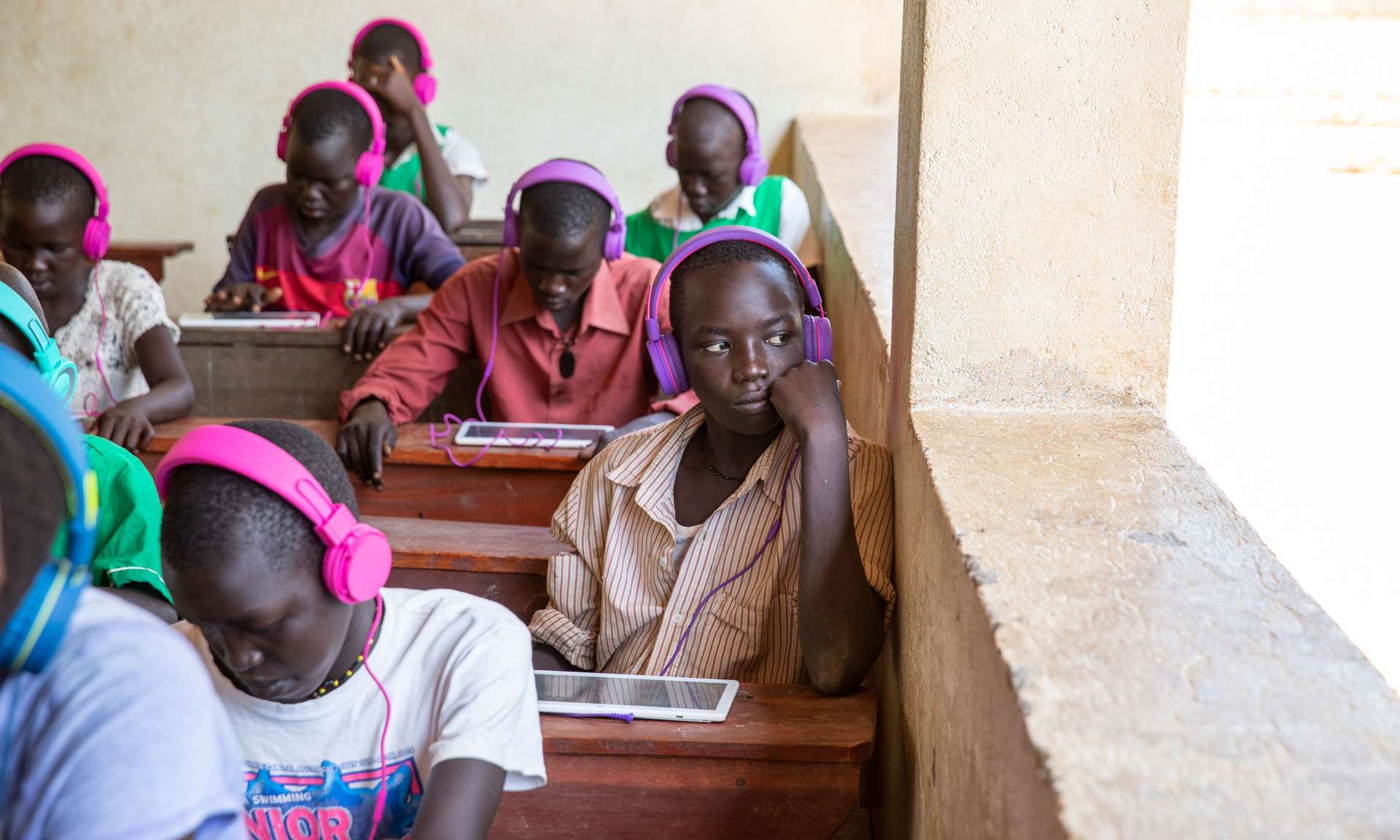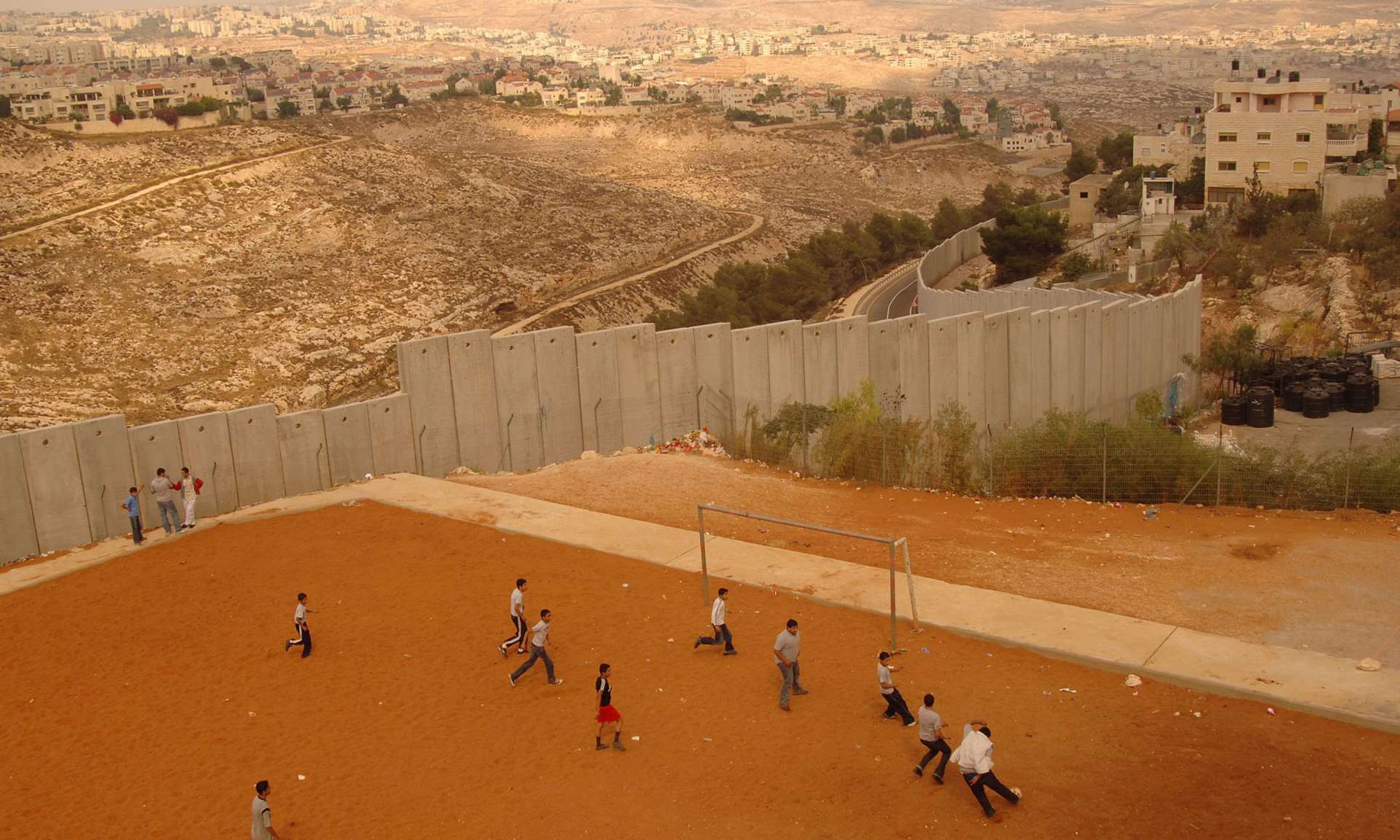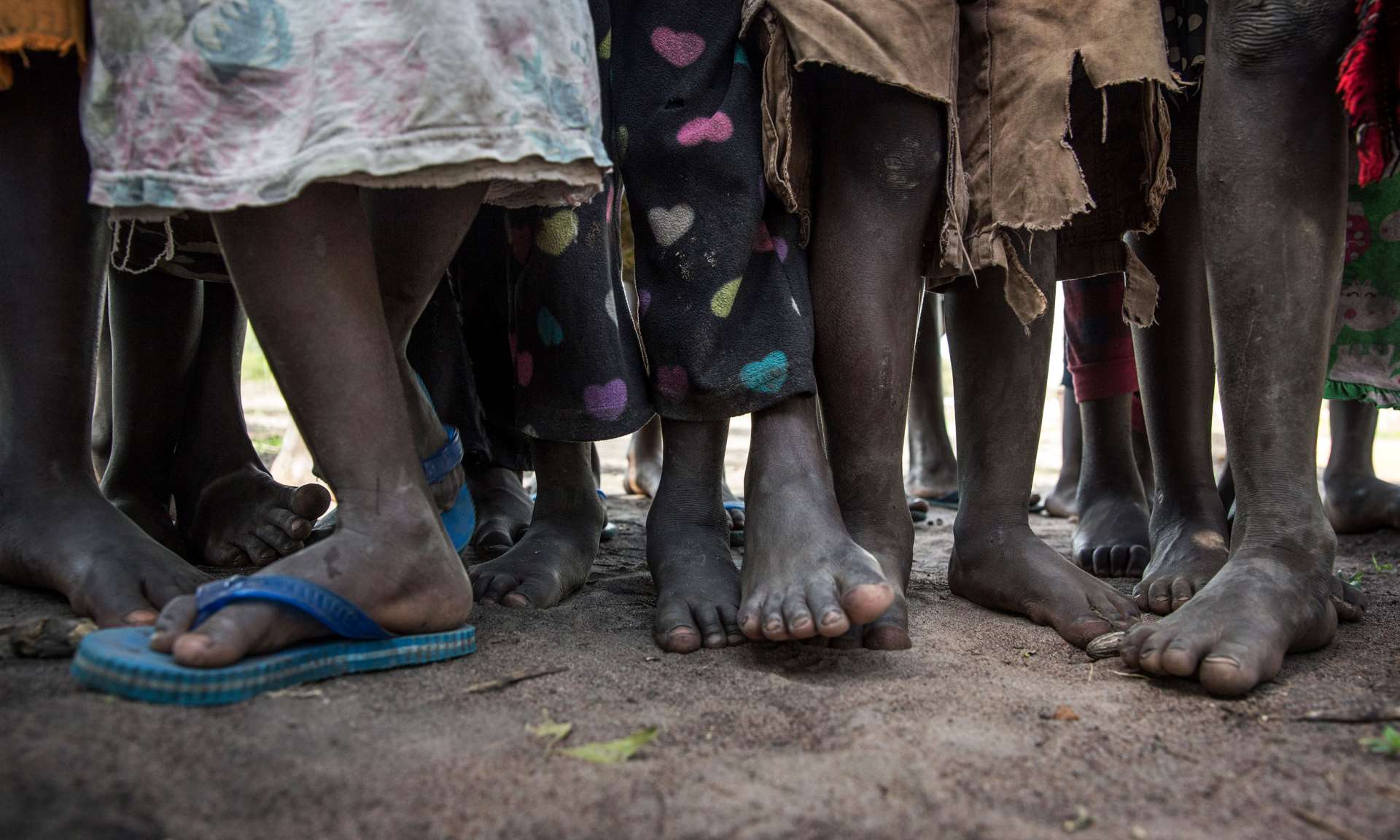Our Expenditure in 2018
Our operating expenses for 2018 were €39.3 million - €34.2 million of which was spent directly in support of conflict-affected children. We spent €1.7 million on management and administration across the year as a whole.
In percentage terms we spent 87 per cent of our expenses on our objective - broadly in line with our 2017 expenditure. Total expenditure on management and administration was 4 per cent - again broadly similar on a year-on-year basis.
We spent €3.4 million on our fundraising activities across the year as a whole. Our total income from fundraising was €39.6 million - which means our total fundraising investment was 9 per cent of our income, similar to 2017.

Our €34.2 million expenditure on our objective actually increased three per cent year-on-year - although it was 23 per cent below our planned budget. This shortfall is attributed to certain grant ambitions not awarded to us and delays in implementing programmes. In retrospect our fundraising targets were set too high.
The largest shortfall in expenditure measured against our planned budget was in our global Can’t Wait to Learn programme. Can’t Wait to Learn is rooted in research - and logistical factors including customs clearance delays forced us to reschedule a major research study in Sudan. Eventual scale-up in Sudan in partnership with UNICEF was pushed into 2019 - and this lead to a reduction in expenditure against the budget submitted in October 2017.
We also made a decision to delay new game development in Lebanon until research results were finalised and we confirmed programme efficacy. Further savings came from strong implementation efficiency gains and currency devaluations.
Can’t Wait to Learn grants are multi-year - which means any underspend in one year can be shifted to the next with no adverse financial impact. With good research results now coming through, 2019 will see expansion of the programme, in line with Can’t Wait to Learn’s strategic ambitions.
The other notable shortfall in expenditure measured against budget was recorded in our Syrian Response - primarily due to the uncertain operating context. Changes in the local context forced us to revise our programme over the course of the year. In the time between the submission of a proposal, the approval by the donor and the actual start of the project, the needs had changed - resulting in a spending shortfall.
For almost all grants in question a no-cost extension has been approved by the donor - enabling War Child to implement the delayed activities in 2019.

Expenditure on project activities actually grew €1.2 million year-on-year - which meant we were able to implement more projects than ever before. This growth was fuelled in part by increased availability of grant funding for projects within War Child’s areas of expertise.
Our presence in certain countries within our programme portfolio increased significantly over the course of the year. We focused our fundraising efforts on countries where we have our own offices – this also ensures we more can closely monitor our programmes. This strategy saw us reduce our presence in other programme countries as a response.
Our largest programme country in terms of expenditure is Lebanon - where spending on our projects grew 13 per cent year-on-year to total €7.3 million. Our second largest country in terms of total spend is the Netherlands - which serves as the managerial hub for our global programmes TeamUp and Can’t Wait to Learn.

The total expenses spent on our objectives in 2018 are 87 per cent of our total expenses, compared with a budget of 90 per cent and equal to the previous year. This is slightly below budget due to the lower level of expenses than planned. The total expenses spent on management and administration are 4 per cent of total expenses, equal to the budget and the previous year. The total expenses spent on fundraising are 9 per cent of fundraising income, which is higher than the budget of 6 per cent and equal to the previous year. The reason for our fundraising ratio to be higher than budgeted is our increased efforts in fundraising. The notes to the annual accounts provide further information and analysis of our expenditure.